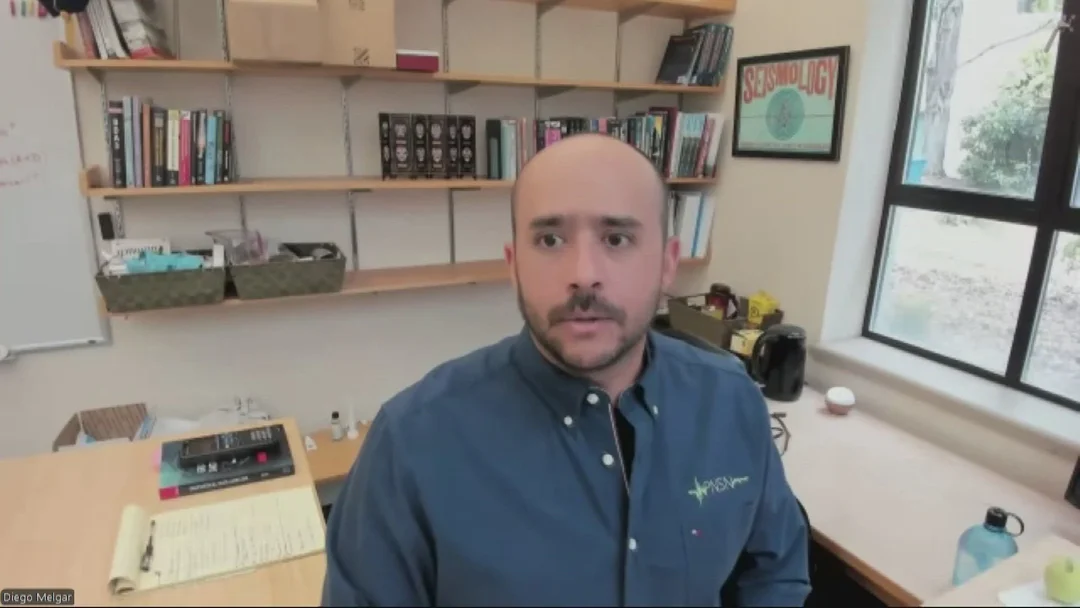
Could the Next West Coast Quake Erase Your Shoreline Overnight?
A new study is raising alarms about a potential mega-earthquake along the Cascadia subduction zone, which could drastically reshape the U.S. West Coast in mere minutes. This looming threat, blending seismic activity with climate concerns, highlights how natural disasters might amplify flood risks in an already vulnerable region, urging residents and officials to rethink preparedness.
Researchers, led by geoscientist Tina Dura of Virginia Tech, have analyzed the Cascadia fault's history and potential impacts. Their findings, published in the Proceedings of the National Academy of Sciences, reveal that a magnitude 8 or 9 earthquake could cause coastal land to sink by 1.6 to 6.6 feet. This sudden subsidence would expand floodplains dramatically, putting thousands more people, homes, and infrastructure at risk. For instance, in California's Humboldt Bay area, Oregon's bayside towns like Newport, and Washington's Willapa Bay communities, the affected zone could grow by over 116 square miles—equivalent to more than twice the size of San Francisco.

Dura emphasizes the urgency: 'We often hear about the tsunami and the shaking, but the subsidence is going to persist for decades to centuries after the earthquake, totally altering flood plains.' Historical evidence, including the 1700 magnitude 9 quake, shows similar events led to abandoned villages and 'ghost forests' where land sank, drowning trees and reshaping ecosystems. Today, over 8,000 people live in at-risk floodplains, but post-quake scenarios could triple that number to 22,000, threatening nearly 36,000 structures and adding 777 miles of roadways to flood zones.
Comparing this to past disasters, like the 2011 Japan earthquake that caused up to 3 feet of subsidence and chronic flooding, or the 1964 Alaska quake that submerged coastal areas by over 6 feet, experts warn of profound, lasting changes. Unlike gradual sea-level rise from climate change, this event would happen instantly, leaving no time for adaptation. The study calls for integrating these risks into planning, such as avoiding new infrastructure in vulnerable areas like U.S. Route 101, which already floods during high tides.

While scientists estimate a 15% chance of a major quake in the next 50 years, the combined effects with rising sea levels could exacerbate the crisis. Areas like Seaside, Oregon, and Aberdeen, Washington, might face permanent flooding, disrupting daily life and economies. This research serves as a wake-up call for coastal communities to prioritize resilience.
In summary, the Cascadia subduction zone's potential for rapid, irreversible changes underscores a critical intersection of natural disasters and environmental shifts. How prepared are we for a scenario that could redefine coastlines forever? We invite readers to share your thoughts on disaster preparedness—leave a comment below or discuss how this might affect your community.